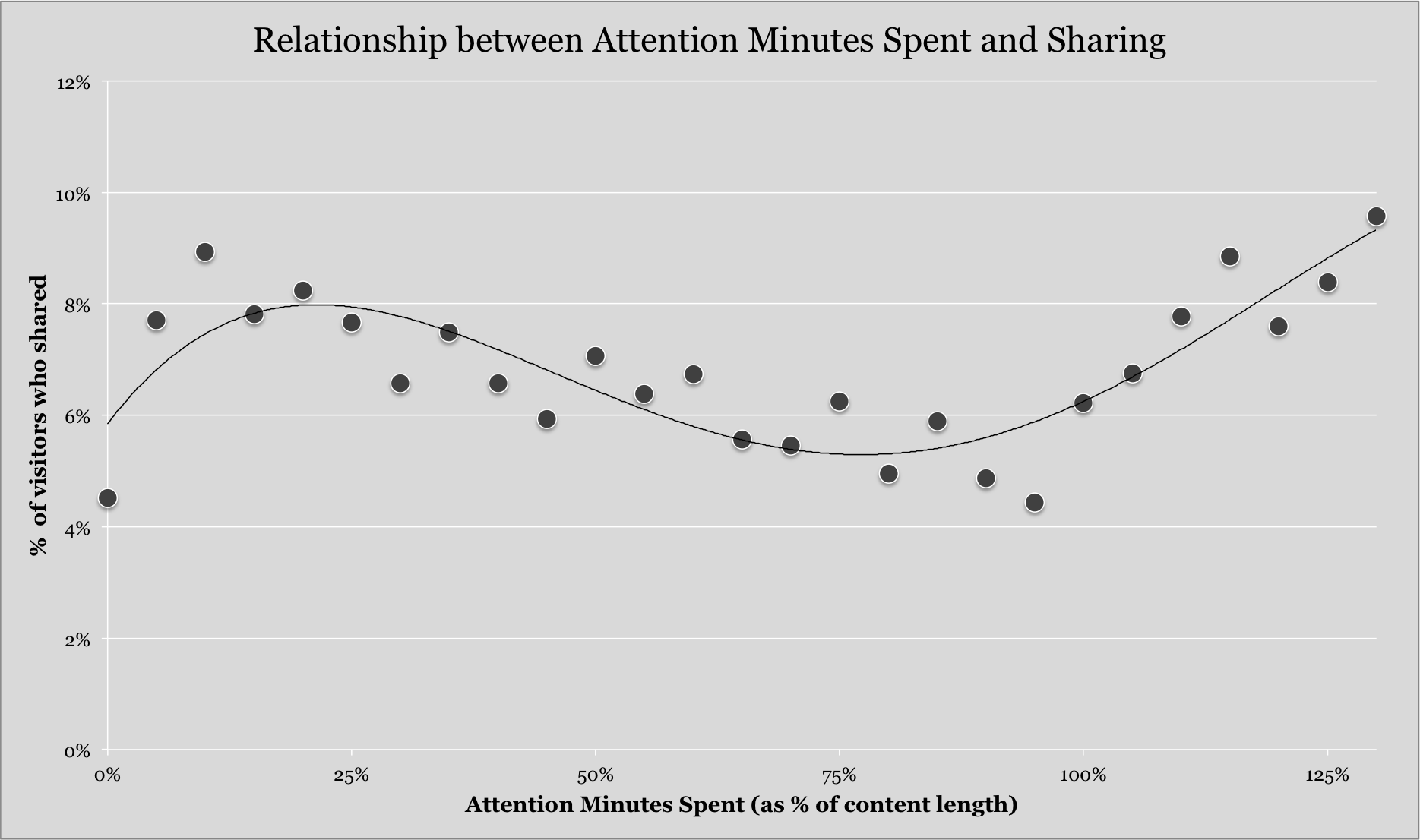If you can increase the reach of your online marketing efforts, the theory goes, more people will see your content and rush to do business with you. There’s nothing wrong with trying to gain exposure and put your brand in front of as many potential customers as possible, but the current marketing landscape tends to emphasize personalization. The updated thinking holds that you should concentrate your marketing efforts on the people who are most likely to do business with you in the first place.
Brafton recently reported on Upworthy, and its efforts to steam ahead to the top of social sharing rankings and overall pageview lists. The company is in the news again, this time for research on the relationship between sharing and consuming content. The company found the people who do the most sharing are actually those who have spent only 25 percent of the average number of “attention minutes” with content. “Attention minutes” are defined by the time users spent interacting with content: watching videos, reading articles or listening to audio.
Don’t look for customers in the shallow end
What Upworthy has discovered is that essentially, serial sharers are more interested in passing things along than actually consuming them. If you’re chasing traffic, shares and pageviews, your metrics are going to be filled with these sorts of people. Engaging headlines and catchy content is always important, but the takeaway is that you should never water down your content. If you do, you’ll be missing out on your ideal customers and accumulating unqualified readers who are less likely to make a purchase.
Find long attention spans in your niche
Upworthy’s research did produce one other juicy observation: The only people who shared content online more than shallow sharers were at the opposite end of the spectrum. If users spent more time on an article than it would take to read in its entirety (staying on the page 25 percent longer than necessary to finish the content), they were much more likely to post it to a social media network or share it with a friend.
These people watch videos and read blog posts with great care and ample attention, and if they’re reading your content, there’s a pretty good chance they’ve arrived at your site with purpose. When using content writing, try to make your headlines and content match the profile of a customer most likely to engage with your content. Instead of empty traffic and hollow shares, you can expect qualified leads and conversions.





